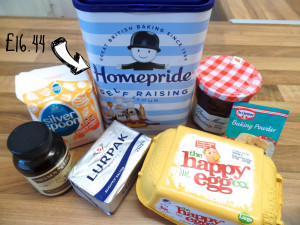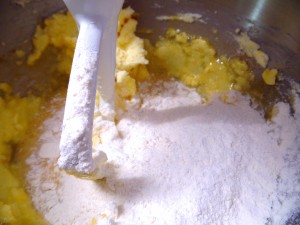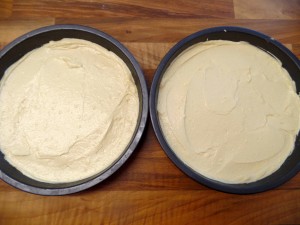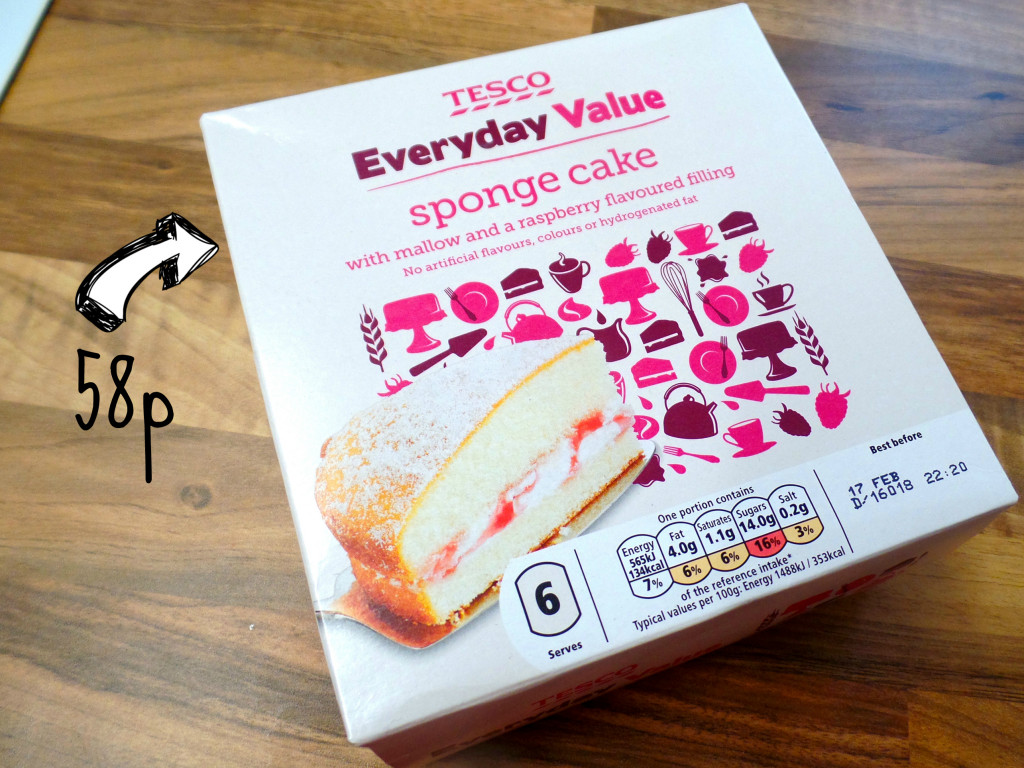Something that gets asked a lot is; “If I need a cake for Saturday, when’s the latest I can bake it?” Now, the longevity of each cake will very much depend on the recipe but I wanted to take you through my Cake Timeline when I was baking commission cakes for customers.
It only takes one round of baking to realise it’s so much more than ‘just a cake’ and why most bakers will take orders weeks in advance. This method I used to use worked very well for me every week as a way of scheduling my time for decorated celebration cakes. I found that the longer I gave myself to work, the less stressed I was (remember, baking is meant to be enjoyable!) the more time I had to make decorations and the more contingency time I had in case something went wrong!
Please note, this timeline isn’t suitable for cupcakes. Whilst you can make your decorations quite far in advance, I wouldn’t recommend baking cupcakes longer than 2-3 days before they will be enjoyed as they don’t have a layer of icing keeping them fresh on the inside, they dry out very quickly!

Recipe
A recipe which lasts well is a great place to start. Something like a carrot cake or a Victoria sponge is only going to last you a couple of days so you don’t have a lot of time for decorating. I also don’t recommend covering a Victoria sponge or light bake with sugarpaste/icing as it can be too heavy for the cake and make it sink.
I highly recommend a madeira cake for a decorated celebration cake. They are very easy to adapt to any flavour you like and a classic vanilla with raspberry jam and vanilla buttercream just screams ‘birthday cake’ to me! You can find my recipe for a 7″ round (and tips on how to scale up and down) as well as my vanilla buttercream recipe here. Once baked and cooled, a madeira cake will last two weeks and freeze for three months. For more about freezing cakes, check out my article here.
With regards to filings, if it’s a cake you’re going to finish in advance, I recommend a buttercream or ganache as these last well not refrigerated however a cream cheese frosting or fresh cream filling will need to be kept cool, so just be aware of this.
Once baked and cooled, wrap tightly in cling film until you are ready to split, fill and cover it. I’ll be going through when I do that below but for now know you can keep it wrapped in tight clingfilm for several days before doing anything with it. It’s at this wrapped stage you can cover it in a layer of foil and freeze if needed. Do not be tempted to store the cake in the fridge. This will dry the cake out and affect the taste. It doesn’t need to go in there!
Say I’m making a cake for a weekend celebration, this is the day by day run of what I would do;
Monday
Monday is my baking day! I bake all the cakes needed for the week and then leave them to cool upside down on greaseproof paper (not a cooling rack) and when completely cold, I wrap them tightly in cling film. Then I leave them in a cool, dry room upside down until I’m ready to decorate.

Tuesday
Tuesday is when I will make the filling (buttercream, ganache etc) and split and fill my cakes, also if I am carving my cakes, I would do this now, then stick to a thin cake card with a little buttercream. I crumb coat them and then cover in a layer of sugarpaste/icing. I’ll then smooth them and leave alone overnight for the icing to set. It is also today I will ice the board.
Note. If I am icing a fruit cake or putting on a layer of marzipan, I would do this today and leave it overnight before covering in a layer of sugarpaste/icing. This gives you the best chance at nice smooth edges. Also, if I am tiering my cakes, I’ll leave the sugarpaste/icing to set overnight before doing anything else with them.

Wednesday
On a Wednesday I start any decorations. Any models, cut out shapes, messages, anything I am decorating my cake with. I’ll leave my decorations to dry on foam overnight. I find foam is better than kitchen roll or left on the side as it allows air to get all the way around the shape and dry nicely. You can make your decorations much further in advance if you like, as long as you keep them in a box which air can get into but dust can’t (like a cake box for example) then they will last ages as sugar is a natural preservative. These also do not need to be kept in the fridge. Don’t store edible decorations in an airtight container like a cake tin or tupperware box as the sugar will start to ‘sweat’ and will go very soft. Not great for our decorations!
I also fix my iced cakes onto their iced boards with a little royal icing and I leave this to set before decorating. If I am tiering my cakes, now is when I will place in my dowels and stack the cake. Again, I’ll leave it to set completely.
If I’m icing a fruit cake, today is when I will cover it in a layer of sugarpaste/icing.

Thursday
Today is when I decorate my cakes! This is when it all starts to come together and starts to look awesome! Once all the decorations are on, I leave them to dry and then photograph and box up my cakes. I then leave them in a cool, dry room. Again, not a fridge, especially once it’s iced as the condensation when the cake comes back to room temperature afterwards will cause the icing to go damp.
Friday
Friday is my contingency day! Should I wake up and find my model has lost his head (this has ACTUALLY happened) or in a rush yesterday I have spelt Brithday wrong, today is the day I can put it right. Also, by giving myself an extra day, it means I can take on more work, be more productive and also get more done.
Also, it means if necessary the customer can collect the cake Friday evening and the cake is good to go, which happened quite a lot!
Saturday
Cake Day! Today is the day I found was most popular for customers to collect cakes, if they haven’t done the night before, or the day of the event I have made the cake for. I used to get so nervous when customers would collect cakes. Something I have spent hours on for their celebration they were going to see for the first time! Over the years there have been a few tears shed in my kitchen, luckily all happy ones! Being a cake decorator is something really, very special.
Once your cake has been cut into, you want to make sure no air gets to it to keep it fresh for as long as possible, so wrap with cling film and keep it in the cake box.

Sunday
If you’re making it for yourself or your family, today is the day to eat leftover cake for breakfast! If it was for a customer, time to chill out and have a nice cup of tea!

And there you have it! My week as a cake decorator. I hope this has helped. So remember, there’s no need to stay up until 3am the night before the birthday party to finish the cake (although, I will be the first to admit I have done this more than once!).
Use a good, stable recipe, plan ahead and take your time and you’ll find the whole experience a lot less stressful and a lot more rewarding!
It goes without saying that of course, you can make a cake in less time than this, however I personally wouldn’t recommending baking and decorating a cake in one day. The crumb structure will be too soft and you may find it a lot harder than it needs to be. If you’re really pushed for time then for a cake made on Saturday, I would bake on a Thursday, decorate on a Friday and then enjoy on the Saturday. This way the cake has ‘settled’, the icing is set and there is less chance of breakages in delivering/collection. However, for tiered cakes I would always leave it at least overnight stacked before attempting to move it. As I’ve said, this is my method that has been very successful for me for many years. Everyone will have different ways of working that works best for them and I wanted to share mine with you all.
Let me know how you get on, either on Facebook or Twitter or Instagram.
If you want to turn your baking hobby into a career, check out my book Cakes, Bakes & Business for everything you need to know about running a successful baking business, including pricing, marketing, insurance and much more!
Happy baking!
Britt xo


















































